Tripura is set to witness a significant infrastructure milestone with the near completion of its first high-rise government office complex in Gurkhabasti, Agartala. The G+14 administrative building is being constructed with advanced earthquake-resistant technology and green building standards, marking a major development in the state’s infrastructure. Once completed, it will serve as a central hub for multiple government directorate offices, streamlining administrative operations and improving efficiency.
Seismic Resilience and Structural Features
Tripura falls under Seismic Zone 5, one of the most earthquake-prone zones in India. Recognizing the necessity of earthquake-resistant construction, this high-rise incorporates pendulum-based base isolators capable of withstanding earthquakes of up to 8.8 magnitude. These isolators were designed and tested in the United States, with implementation support from IIT Mumbai.
Base isolation technology plays a critical role in reducing seismic impact by allowing controlled movement of the structure during an earthquake. This ensures that the forces acting on the building are significantly diminished, thereby enhancing its resilience against strong tremors. Only a few buildings in India, mostly in Delhi and other major cities, have adopted such advanced seismic safety measures.
Green Building Standards and Safety Ratings
The structure has received a four-star rating for its green building features, acknowledging its energy-efficient design and sustainable construction practices. According to Kiran Gitte, Secretary of the Public Works Department (PWD), the rating highlights the building’s environmentally responsible approach and its contribution to energy conservation.
The project incorporates several eco-friendly elements, such as optimized energy use, efficient water management, and sustainable construction materials. These features not only reduce the building’s carbon footprint but also ensure long-term operational efficiency, aligning with national efforts to promote green infrastructure.
Government Vision and Administrative Efficiency
Chief Minister Manik Saha emphasized the significance of this project in enhancing administrative efficiency. The new complex will house all Tripura government directorate offices, reducing the need for officials and citizens to visit multiple locations for official work. This consolidation aims to streamline governance and improve accessibility to public services.
The Chief Minister also pointed out that Tripura recently experienced the effects of an 8.2 magnitude earthquake in Myanmar, which reinforced the necessity of implementing robust seismic safety measures. The adoption of advanced earthquake-resistant technology in this high-rise ensures a safer working environment for government employees and visitors.
Project Execution and Timeline
The Rs 133.89 crore project is being executed by Engineering Projects (India) Ltd. (EPI) under the oversight of the PWD, Government of Tripura. Construction began following the foundation stone-laying ceremony in January 2023. Since then, significant progress has been made, including the completion of foundation work and installation of seismic isolators. The building is expected to be fully operational by December 2026.
Given its scale and complexity, the project is a major undertaking for the state government. The adoption of cutting-edge seismic safety technology demonstrates a forward-thinking approach to infrastructure development in an earthquake-prone region.
Base Isolation Technology in Northeast India
This high-rise is the first building in Northeast India to incorporate base isolation technology, a system that has only been implemented in a handful of structures across the country. The isolators, manufactured by Earthquake Protection System (EPS), California, USA, function by absorbing and redistributing seismic forces, thereby preventing structural damage during an earthquake.
By allowing controlled lateral movement, these isolators act as shock absorbers, minimizing the transfer of earthquake vibrations to the building. This technology has been widely used in countries with high seismic activity, such as Japan and the United States, and is now being integrated into Tripura’s infrastructure.
The completion of this state-of-the-art government complex will mark a shift in Tripura’s approach to infrastructure development. The combination of advanced seismic resilience, green building practices, and centralized administrative operations establishes a benchmark for future public infrastructure projects in the state.
The building’s construction aligns with broader national objectives to enhance resilience in high-risk seismic zones. Its energy-efficient design further underscores the state’s commitment to sustainable urban development. By integrating modern engineering solutions with environmental responsibility, Tripura is setting a precedent for infrastructure projects in Northeast India.
The combination of seismic resilience, green building certification, and centralized governance makes this project a landmark development in the region. As Tripura continues to expand its infrastructure, the successful implementation of this project could pave the way for similar high-rise developments in other states facing seismic risks.
Image source- bignewsnetwork.com

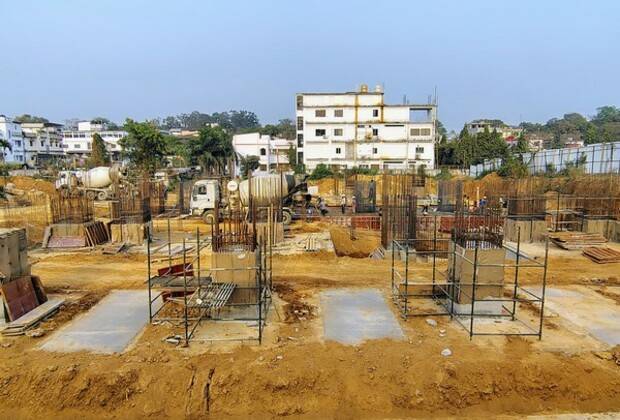


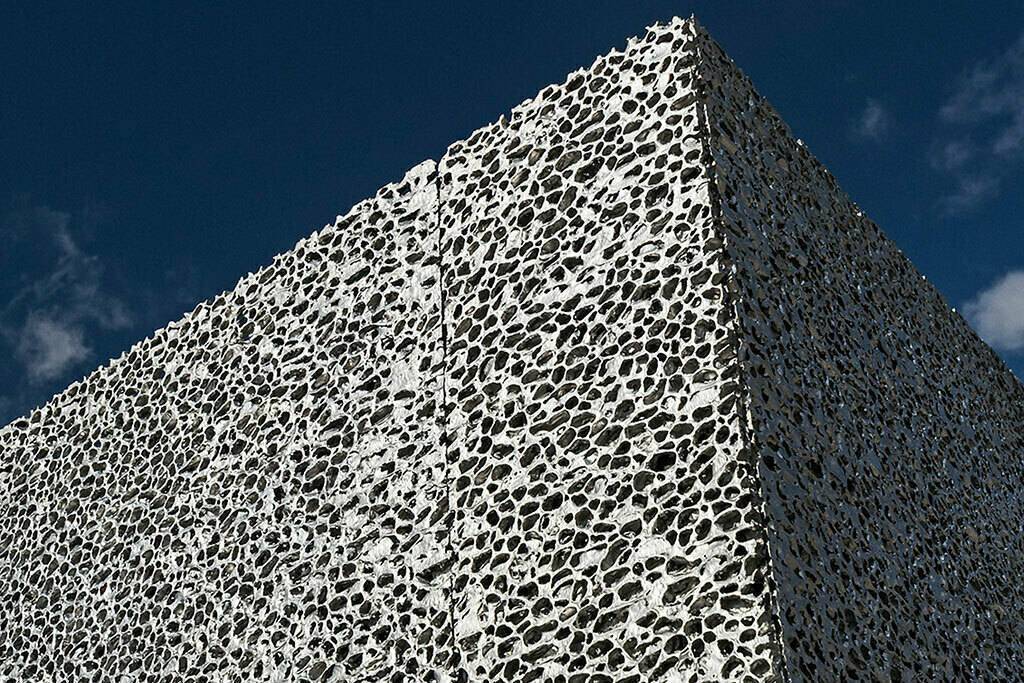
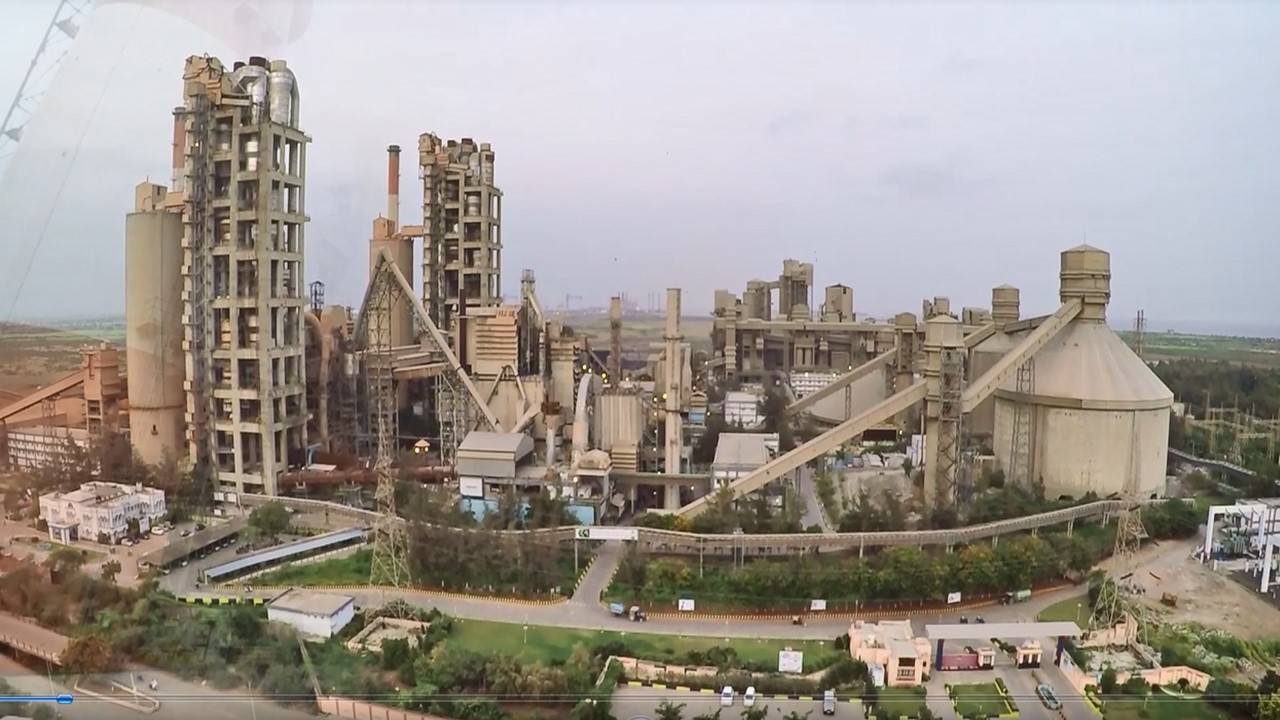

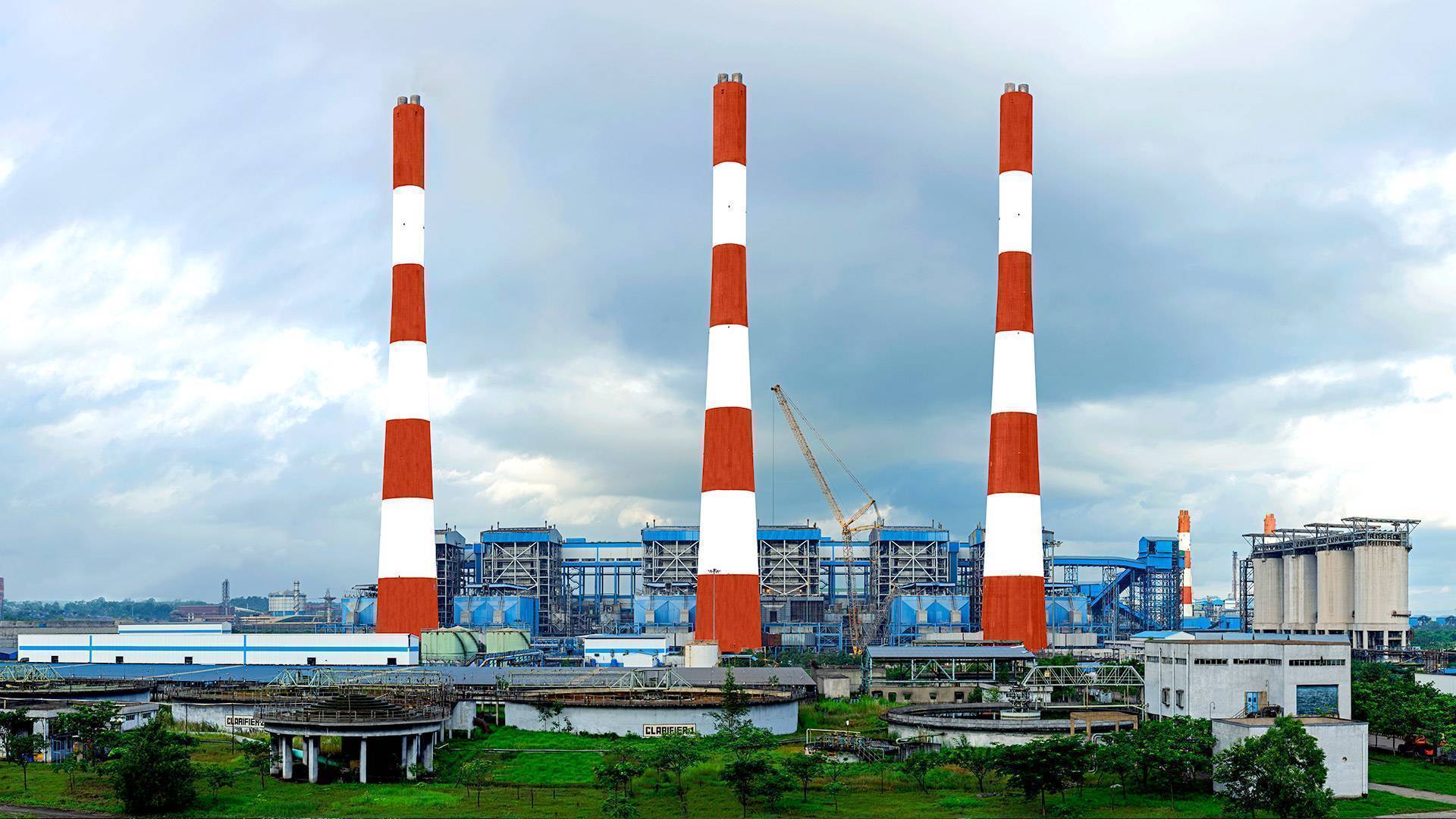
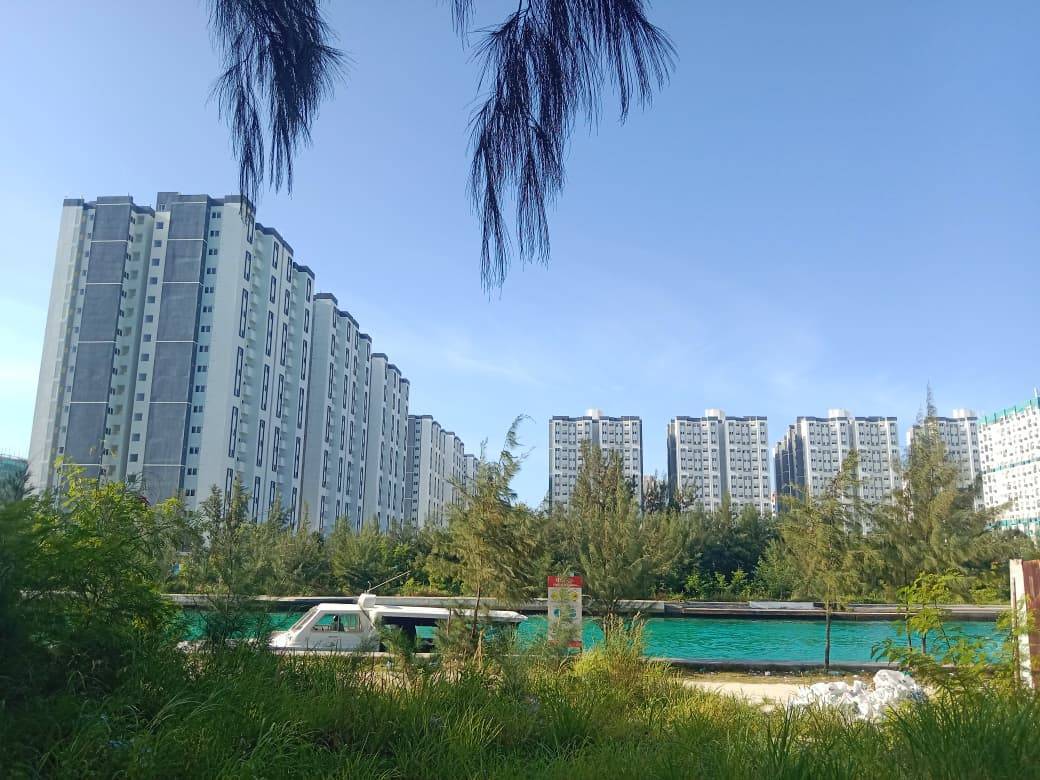
.png)